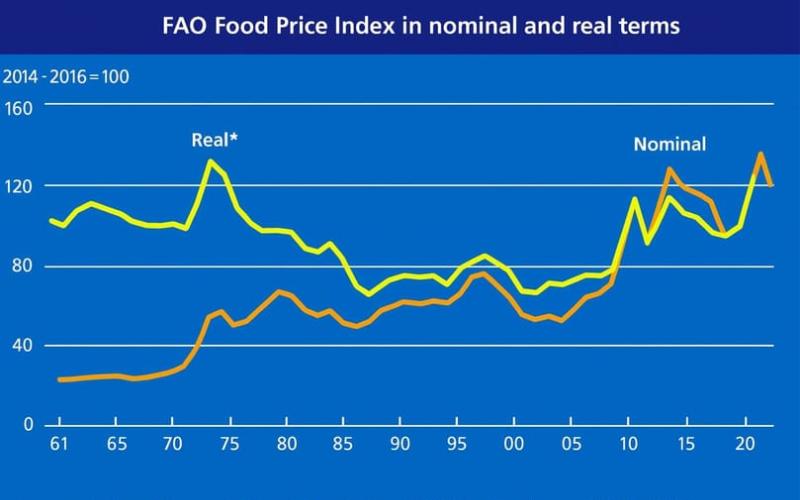Record Egg Consumption Surpasses Milk in Argentina
Sourse: dairynews.today
In Argentina, egg consumption has hit a record high, surpassing milk as the central protein with 385 units per capita.

In 2025, egg consumption in Argentina reached a record, with an average of 385 units per person per year, surpassing milk as the second most consumed protein in the national diet after red meats. This contrasts with the 260 units per person recorded a decade ago. According to the Cámara Argentina de Productores e Industrializadores Avícolas (CAPIA), 30% of households increased their egg consumption over the last year.
Eggs are commonly consumed boiled or in salads. CAPIA attributes this to their being "economical, versatile, and with low waste," making them competitive against other proteins. Notably, a "maple" of 30 eggs is priced equivalently to two kilos of protein from other sources. CAPIA reports over 280 outlets of direct producer sales, offering more accessible prices by shortening the commercial chain. In 2025, Argentine poultry production exceeded 18.2 billion eggs, exporting to over 65 international markets and generating around 30,000 direct jobs. This egg boom challenges the dairy industry, which now competes not only through volume but also through differentiation in quality, added value, convenience, and functionality.
Eggs are commonly consumed boiled or in salads. CAPIA attributes this to their being "economical, versatile, and with low waste," making them competitive against other proteins. Notably, a "maple" of 30 eggs is priced equivalently to two kilos of protein from other sources. CAPIA reports over 280 outlets of direct producer sales, offering more accessible prices by shortening the commercial chain. In 2025, Argentine poultry production exceeded 18.2 billion eggs, exporting to over 65 international markets and generating around 30,000 direct jobs. This egg boom challenges the dairy industry, which now competes not only through volume but also through differentiation in quality, added value, convenience, and functionality.
Key News of the Week











